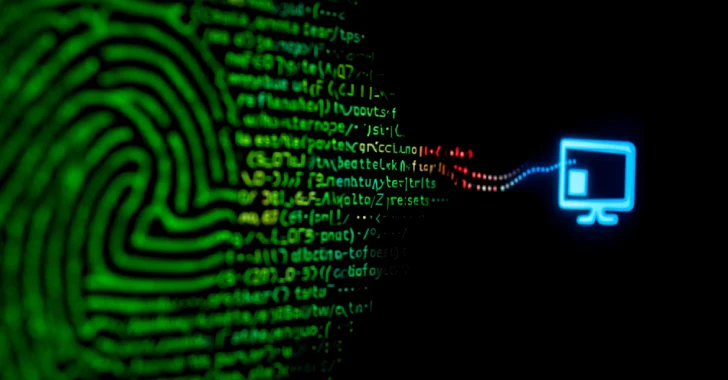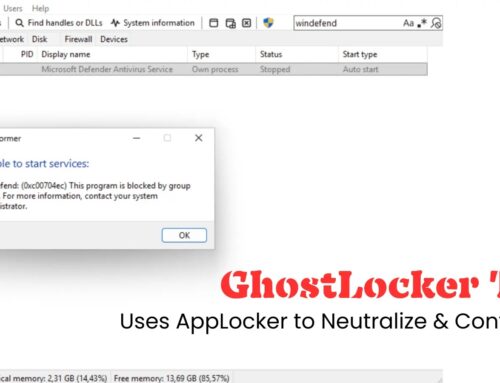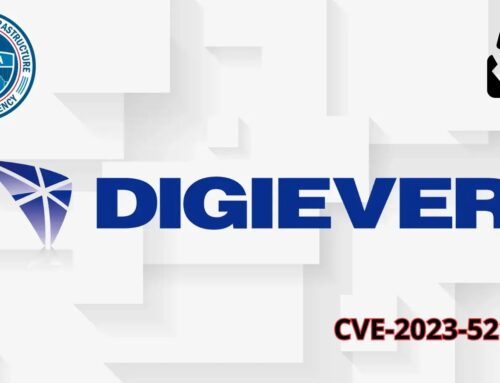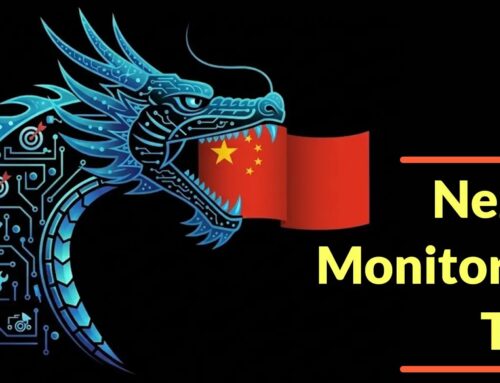
Credential Theft and Remote Access Surge as AllaKore, PureRAT, and Hijack Loader Proliferate
In the relentless current of cyber threats, the proliferation of sophisticated malware campaigns targeting credential theft and remote access capabilities remains a paramount concern for organizations worldwide. Recent intelligence highlights a significant surge in activity from financially motivated threat actors, specifically targeting Mexican entities with advanced variants of remote access Trojans (RATs) and loaders. This critical development underscores the evolving tactics of cybercriminals and the persistent need for robust cybersecurity defenses.
The Proliferation of AllaKore, PureRAT, and Hijack Loader
Threat actors are continuously refining their toolsets, and the current landscape demonstrates a worrying trend of deploying powerful, customized malware. Central to this surge are modified versions of AllaKore RAT, a notable remote access Trojan, and the use of the SystemBC loader. These tools, when combined, provide attackers with extensive control over compromised systems, facilitating data exfiltration, further payload delivery, and maintaining persistent access.
While the provided source primarily focuses on AllaKore and SystemBC, the reference to “PureRAT and Hijack Loader” in the topic title suggests a broader ecosystem of threats. PureRAT typically refers to another class of remote access tools designed for similar purposes, while “Hijack Loader” implies malware specifically engineered to interfere with legitimate processes or application behavior to load malicious code undetected.
Greedy Sponge: The Financially Motivated Threat Actor
Attribution is a cornerstone of effective cybersecurity threat intelligence. Arctic Wolf Labs has attributed this long-running campaign to a financially motivated hacking group identified as Greedy Sponge. Active since early 2021, Greedy Sponge exhibits a notable characteristic: indiscriminate targeting across a wide spectrum of sectors, including retail. This broad targeting indicates their primary objective is financial gain, leveraging any successful compromise for illicit profit.
The group’s operational tenure, dating back to early 2021, signifies a matured and persistent threat actor with established tactics, techniques, and procedures (TTPs). Their continued focus on credential theft and remote access functionality suggests an interest in obtaining valuable corporate data, intellectual property, or leveraging compromised systems for further malicious activities within the target network.
Tactics, Techniques, and Procedures (TTPs)
The core TTPs employed in these campaigns revolve around gaining initial access and then establishing persistence and control. While the initial infection vector isn’t explicitly detailed in the provided information, common methods for delivering such payloads include:
- Phishing Campaigns: Spear-phishing emails containing malicious attachments (e.g., weaponized documents, executables disguised as legitimate files) or links to malicious websites.
- Exploiting Vulnerabilities: Leveraging known or zero-day vulnerabilities in public-facing applications or unpatched systems. (While no specific CVEs are mentioned for the AllaKore/SystemBC delivery, unpatched systems remain a common entry point.)
- Supply Chain Attacks: Compromising legitimate software updates or third-party libraries.
- Malvertising: Redirecting users to malicious sites through compromised ad networks.
Once initial access is gained, the deployment of SystemBC acts as a loader, facilitating the download and execution of the AllaKore RAT. AllaKore, as a remote access Trojan, then enables the attackers to:
- Collect credentials from browsers, email clients, and system files.
- Exfiltrate sensitive data.
- Execute arbitrary commands.
- Navigate the internal network (lateral movement).
- Install additional malware.
The Peril of Credential Theft and Remote Access
The combination of credential theft and remote access capabilities presents a severe risk to organizational security. Stolen credentials provide attackers with legitimate access to systems and applications, bypassing perimeter defenses. Once inside, remote access tools like AllaKore RAT allow them to maintain control, escalating privileges and moving laterally within the network undetected for extended periods. This can lead to:
- Significant data breaches with sensitive information leakage.
- Ransomware deployment and encrypting critical systems.
- Intellectual property theft.
- Disruption of business operations.
- Reputational damage and financial losses.
Remediation Actions and Proactive Defenses
Mitigating the threat posed by groups like Greedy Sponge and their preferred tools requires a multi-layered, proactive cybersecurity strategy focused on prevention, detection, and response. Organizations, particularly those in targeted regions and sectors, must reinforce their defenses.
- Enhanced Endpoint Detection and Response (EDR): Deploy and continuously monitor EDR solutions capable of detecting anomalous process behavior, unusual network connections, and the execution of suspicious binaries.
- Strong Authentication Practices: Implement Multi-Factor Authentication (MFA) across all critical systems and services, especially for remote access and cloud platforms. Enforce strong password policies.
- Regular Patch Management: Prioritize and apply security updates and patches for all operating systems, applications, and network devices promptly. This mitigates vulnerabilities that could be exploited for initial access.
- Network Segmentation: Implement network segmentation to limit lateral movement in case of a breach, containing the impact of a successful compromise.
- Principle of Least Privilege: Grant users and systems only the necessary permissions required to perform their functions, reducing the scope of damage if an account is compromised.
- Security Awareness Training: Regularly train employees on phishing recognition, secure browsing habits, and reporting suspicious activities.
- Threat Intelligence Integration: Subscribe to and integrate up-to-date threat intelligence feeds regarding new TTPs, indicators of compromise (IoCs), and emerging malware families.
- DNS Filtering and Web Content Filtering: Block access to known malicious domains and IP addresses associated with malware distribution and command-and-control (C2) infrastructure.
- Incident Response Plan: Develop, test, and refine a comprehensive incident response plan to ensure a swift and effective reaction to security incidents, minimizing dwell time and containing breaches.
Tools for Detection and Mitigation
Effective defense against sophisticated threats often relies on leveraging appropriate security tools. Here are categories of tools beneficial for detecting and mitigating threats similar to AllaKore and SystemBC:
| Tool Category | Purpose | Examples/Types |
|---|---|---|
| Endpoint Detection & Response (EDR) | Real-time monitoring and analysis of endpoint activities to detect and respond to threats. | CrowdStrike Falcon, Microsoft Defender for Endpoint, SentinelOne |
| Next-Generation Antivirus (NGAV) | Prevents a wide range of malware, including fileless attacks and exploits, using AI/ML. | CylancePROTECT, Carbon Black Cloud Endpoint Standard |
| Network Intrusion Detection/Prevention Systems (NIDS/NIPS) | Monitors network traffic for suspicious activity and blocks known threats. | Snort, Suricata, Palo Alto Networks NGFW |
| Security Information & Event Management (SIEM) | Collects and analyzes security logs from various sources to identify threats and compliance issues. | Splunk, IBM QRadar, LogRhythm |
| Vulnerability Management Solutions | Identifies, assesses, and reports on security vulnerabilities in systems and applications. | Nessus, Qualys, Rapid7 InsightVM |
Conclusion
The persistent activity of threat groups like Greedy Sponge, employing tools such as AllaKore RAT and SystemBC for credential theft and remote access, serves as a stark reminder of the dynamic nature of the cyber threat landscape. Organizations must adopt a proactive, defense-in-depth approach, combining robust technical controls with comprehensive security awareness and a mature incident response capability. Staying informed about the latest TTPs and investing in resilient security infrastructure are not merely best practices but critical imperatives for protecting vital assets and maintaining operational integrity in the face of evolving cyber risks.





